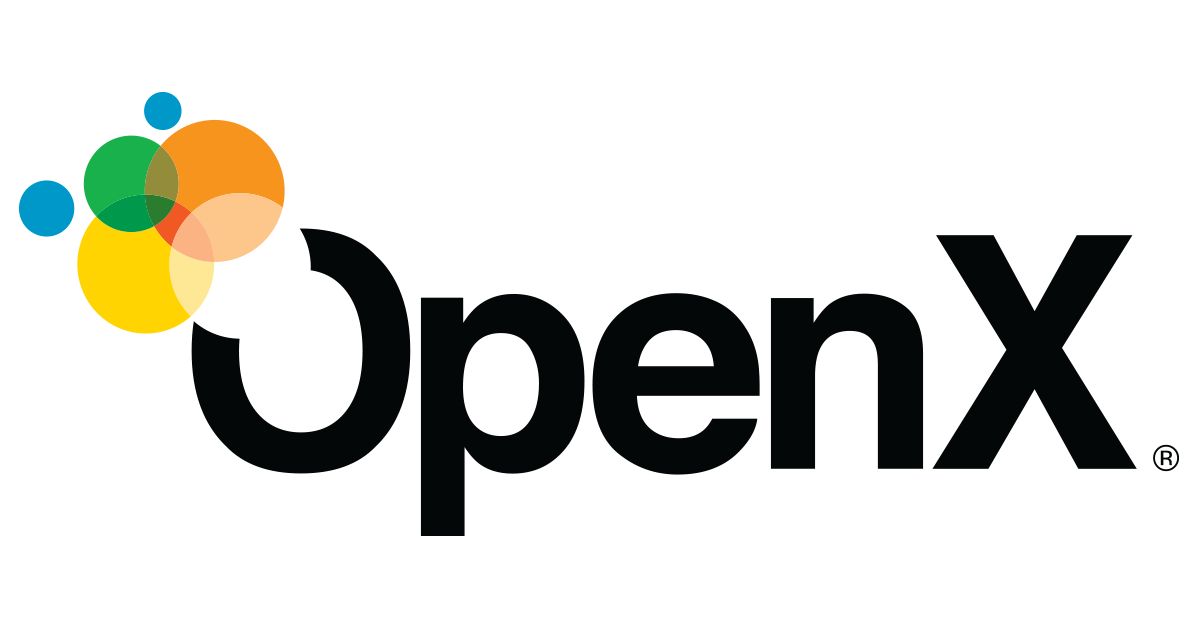 The digital publishing landscape is filled with opportunity, across so many different verticals. Publishers can include aspiring Buzzfeeds, in the business of creating “media” like content, or smart phone apps. Both publisher models earn money via advertising, and also drive revenue with advertising.
The digital publishing landscape is filled with opportunity, across so many different verticals. Publishers can include aspiring Buzzfeeds, in the business of creating “media” like content, or smart phone apps. Both publisher models earn money via advertising, and also drive revenue with advertising.
Digital Media Publishing
Successful publishers know exactly what type of media (i.e. free apps, articles) will be appealing to what audience. They spend dollars promoting certain articles or apps in front of certain audiences that will interact and eventually click on ads, in turn earning them revenue. Publishers use one to many vendors like Facebook, Google, AppNexus and others, that provide content promotion services across desktop and mobile. This digital publishing business model requires multiple skill sets and “whole-brain” thinking. By whole brain thinking, we mean that the publishers must be able to hone in on their intuition, and analyze it to make the right decisions.
Creativity: Required
Here is an example. First, a publisher must be creative in what type of theme they decide to build a business around. As a content publisher, the theme can be articles about lifestyles of the rich and famous, cool history facts, or photo galleries. For apps, it can be a utility such as a PDF scanner, or fun media like a face-filter app. The underlying commonality is that the creative ones will generate interest, eyeballs and ad revenue.
Second, after determining the theme, the publisher must make the interface (website or app) easy and smooth to navigate, and also continuously generate creative media to be consumed by the masses.
Third, for an audience to see an article or an app, publishers have to put it in front of them via advertising. This in turn requires more creativity because the ads must be creative to get people to the website.
Lastly, a publisher must know — or figure out — which audiences to place certain articles or apps in front of, and on what device. This requires a tremendous amount of creativity.

In reality, a publisher can have the most genuine, entertaining and interesting media, but without good ads, it will never be seen by a huge audience. To get the media in front of the masses, digital publishers spends money via platforms Google, Facebook and MobX. Those firms take the publishers ad creative (ads about a publisher’s content or app), and they place those ad creatives in front of very specific audiences chosen by the publishers themselves.
Digital Media Requires Analytics
Promoting content in turn creates data for a publisher to analyze. What articles are working in front of which audience, on what platform and what devices? Are both desktop and mobile generating an ROI? Are winning campaigns from Facebook failing on Outbrain? What’s the download rate if a publisher changes the catch phrase on an ad creative? These questions and more must be analyzed with hard, firm numbers.
The ability to analyze results of ad creative and promotion is the compass for successful publishers.
Publishers must also know what tools to equip their website with to make sure it loads fast, looks nice and creates a residual revenue generating asset.
The n30, n60 and n90 issue
Unfortunately for publishers, they pay media promotion platforms much sooner than being paid advertising revenue. Average time to pay is 15 days, but average time to get paid is 50 days. Without access to cash, publishers often run up balances on credit cards to fill the gap, continuously paying it off as soon as they get paid ad receivables. This allows them to grow, but keeps all their profits tied up in the business — especially if they are hiring staff, content writers, and increasing ad spend on successful campaigns.
Invoice Factoring for Digital Media
Invoice financing is a great solution for digital media publishers for a couple of reasons, mainly because it provides publishers with liquidity to grow, enabling them to plow revenues into content marketing or paid user acquisition campaigns. For app and game developers, this is called “revenue recycling“. By obtaining an advance of outstanding advertising receivables, publishers have the necessary capital to plow into their growth initiatives. Publishers earning ad revenue from DoubleClick for Publishers, OpenX, Matomy, sovrn, MobX, Teads, Google Adsense, Criteo, Sulvo and others may qualify.
Are you a digital or traditional publisher? We’d love to see if we can help you grow by finding a partner to help manage cash flow. Contact us today at 1-833-Buy-My-AR.
